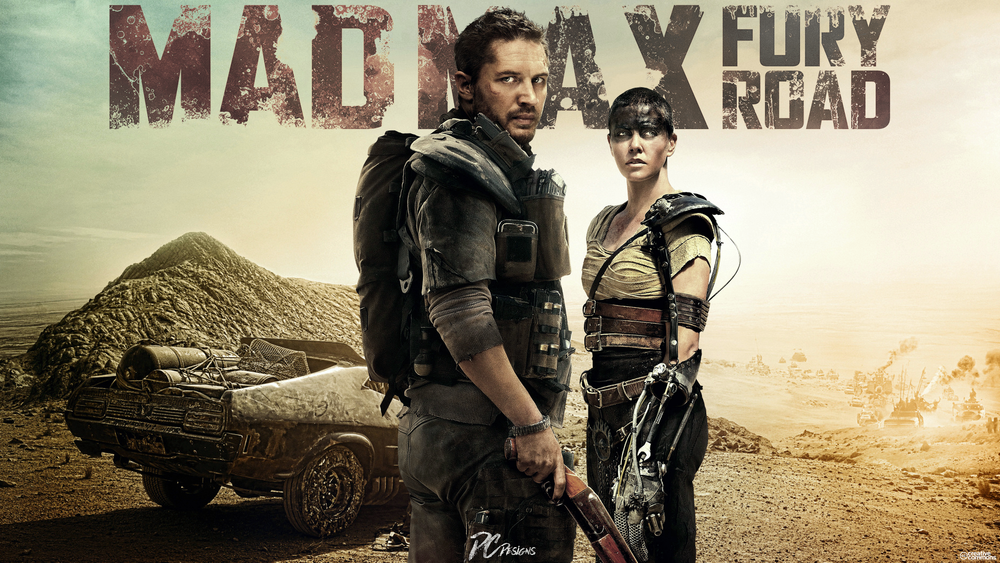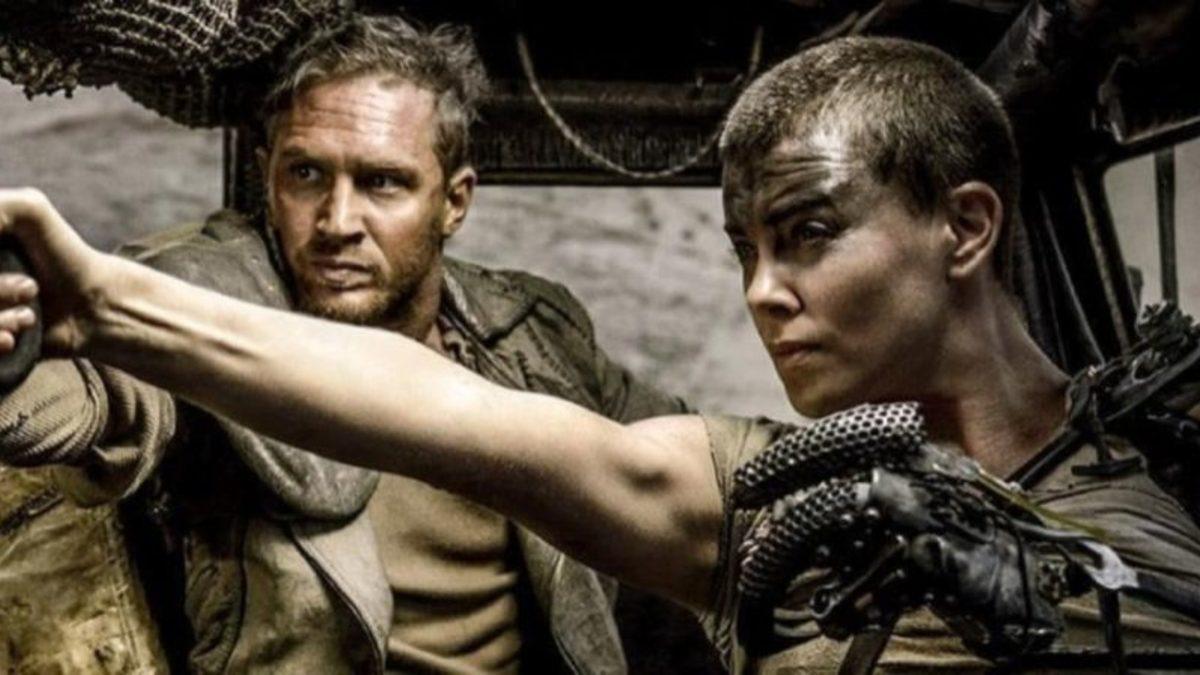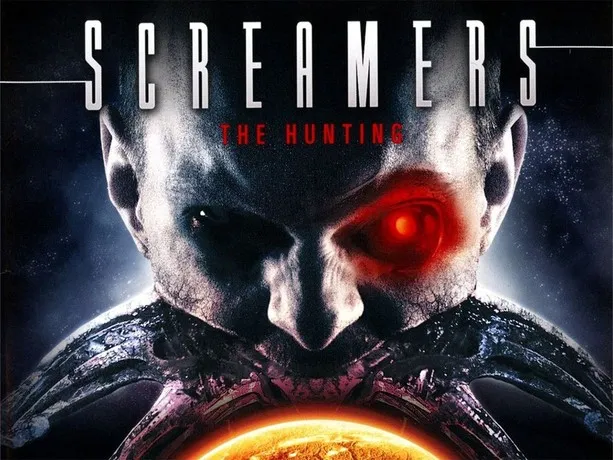Mad Max: Fury Road (2015) – A Relentless Masterpiece of Action and Anarchy
Mad Max: Fury Road, directed by George Miller, is a visually explosive, relentlessly paced action epic that redefined the modern action genre when it roared onto screens in 2015. Serving as both a reboot and a continuation of Miller's iconic Mad Max franchise, this fourth installment took a bold, stripped-down approach—crafting a near-nonstop chase film through the desolate, post-apocalyptic Wasteland. With minimal dialogue, groundbreaking visuals, and thematic richness, Fury Road was instantly hailed as a cinematic triumph.
The film stars Tom Hardy as Max Rockatansky, a haunted, largely silent drifter, but the heart of the story belongs to Imperator Furiosa, played with fierce intensity by Charlize Theron. Furiosa, a war captain under the tyrannical Immortan Joe, turns against her master and escapes with his five enslaved "wives," hoping to lead them to freedom. Pursued across the desert by Joe’s monstrous war convoy, Max is reluctantly drawn into the rebellion, fighting not only for survival but for a cause greater than himself.

What sets Fury Road apart is its breathtaking execution. George Miller, then in his seventies, directed the film with the energy and creativity of a visionary at his peak. Every frame is meticulously composed, every stunt practical and tangible. The film is a marvel of old-school filmmaking enhanced by modern technology—not a CGI spectacle, but a bone-rattling, engine-roaring symphony of speed, fire, and fury.
The chase, which takes up the majority of the film, is broken only by brief, emotionally charged pauses. Vehicles explode, sandstorms rage, and engines scream, yet within the chaos, Miller weaves in powerful themes—freedom, redemption, environmental collapse, female empowerment, and the hope of rebirth. Furiosa is not only the driving force of the plot but also a symbol of resistance. Her journey from servitude to leadership is heroic, raw, and deeply human.

Charlize Theron delivers a stunning performance—tough, wounded, and unrelentingly determined. Her chemistry with Tom Hardy, despite their characters speaking little, is electric, built on shared suffering and unspoken respect. Hardy’s Max is more myth than man, a ghost in a world gone mad. He says little but conveys much through action, trauma, and selflessness.
The world-building in Fury Road is also phenomenal. Without lengthy exposition, Miller immerses viewers in a fully realized dystopia—grotesque warlords, cultish followers like the War Boys, and haunting landscapes stripped of life and law. Immortan Joe (Hugh Keays-Byrne) is a terrifying villain, both grandiose and grotesque, obsessed with power and control over resources—particularly water and women.

The film's technical brilliance is undeniable. From the jaw-dropping stunts to John Seale’s stunning cinematography and Junkie XL’s thunderous score, Fury Road is a cinematic adrenaline rush. It went on to win six Academy Awards and received ten nominations, including Best Picture and Best Director—a rare honor for an action film.
In conclusion, Mad Max: Fury Road is a masterpiece of kinetic storytelling, bold visual design, and emotional depth. It redefined what action films could be—artful, meaningful, and unforgettable. With its powerful characters, groundbreaking production, and unflinching momentum, Fury Road doesn’t just raise the bar—it obliterates it.



